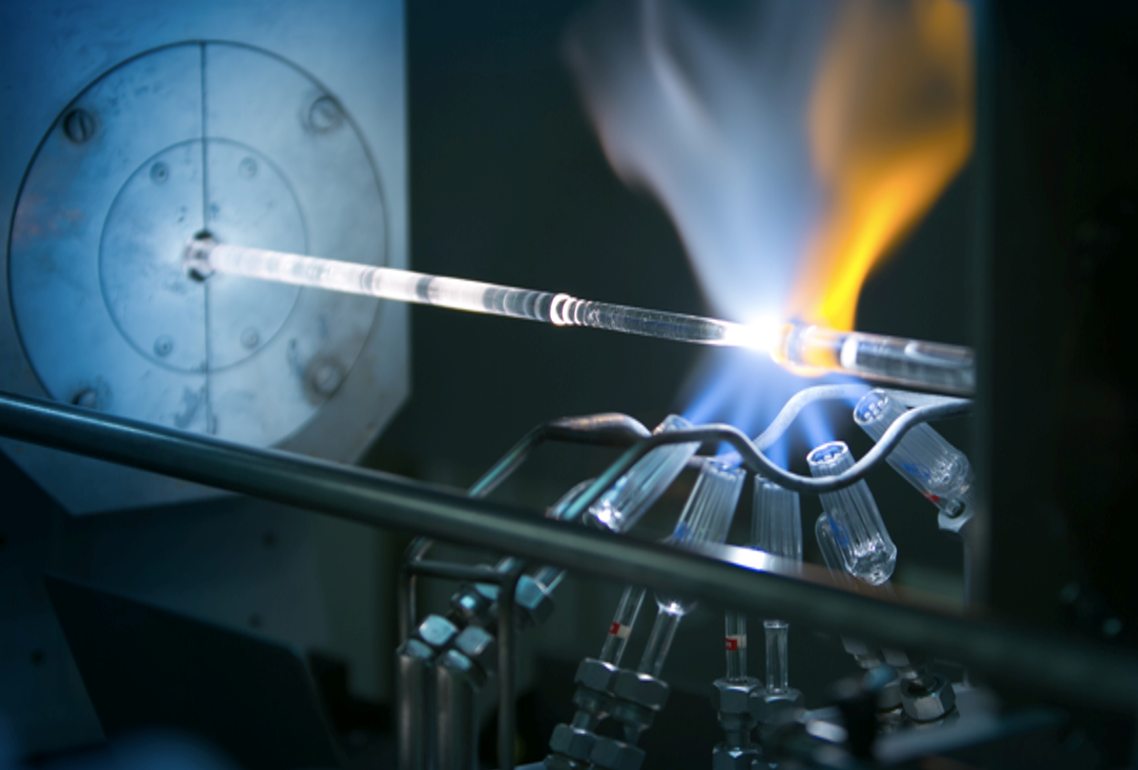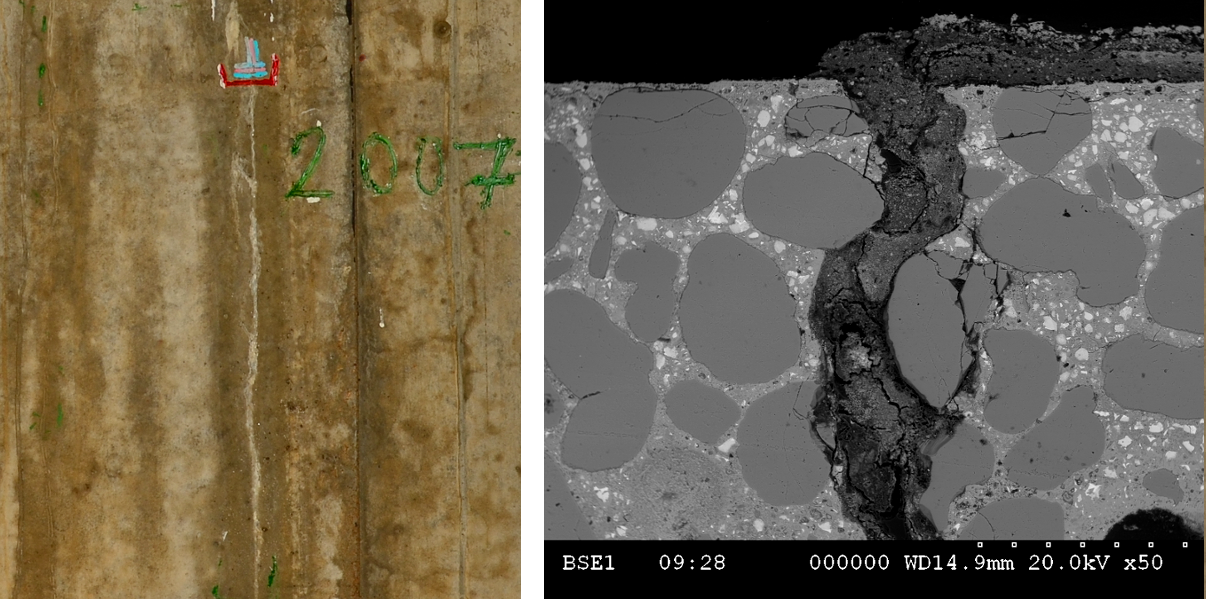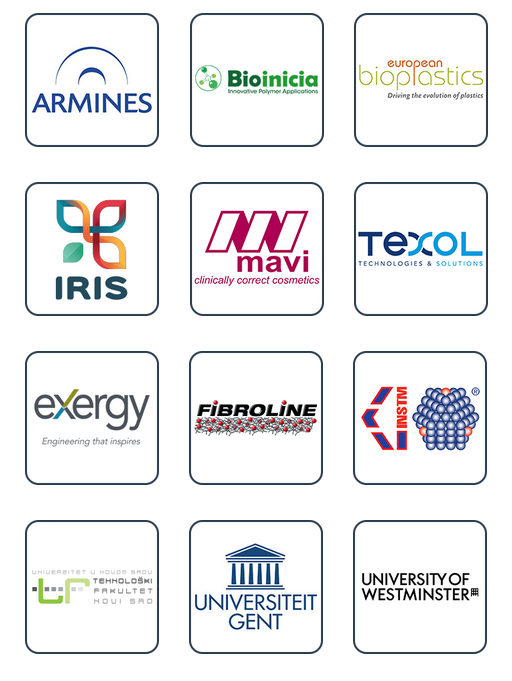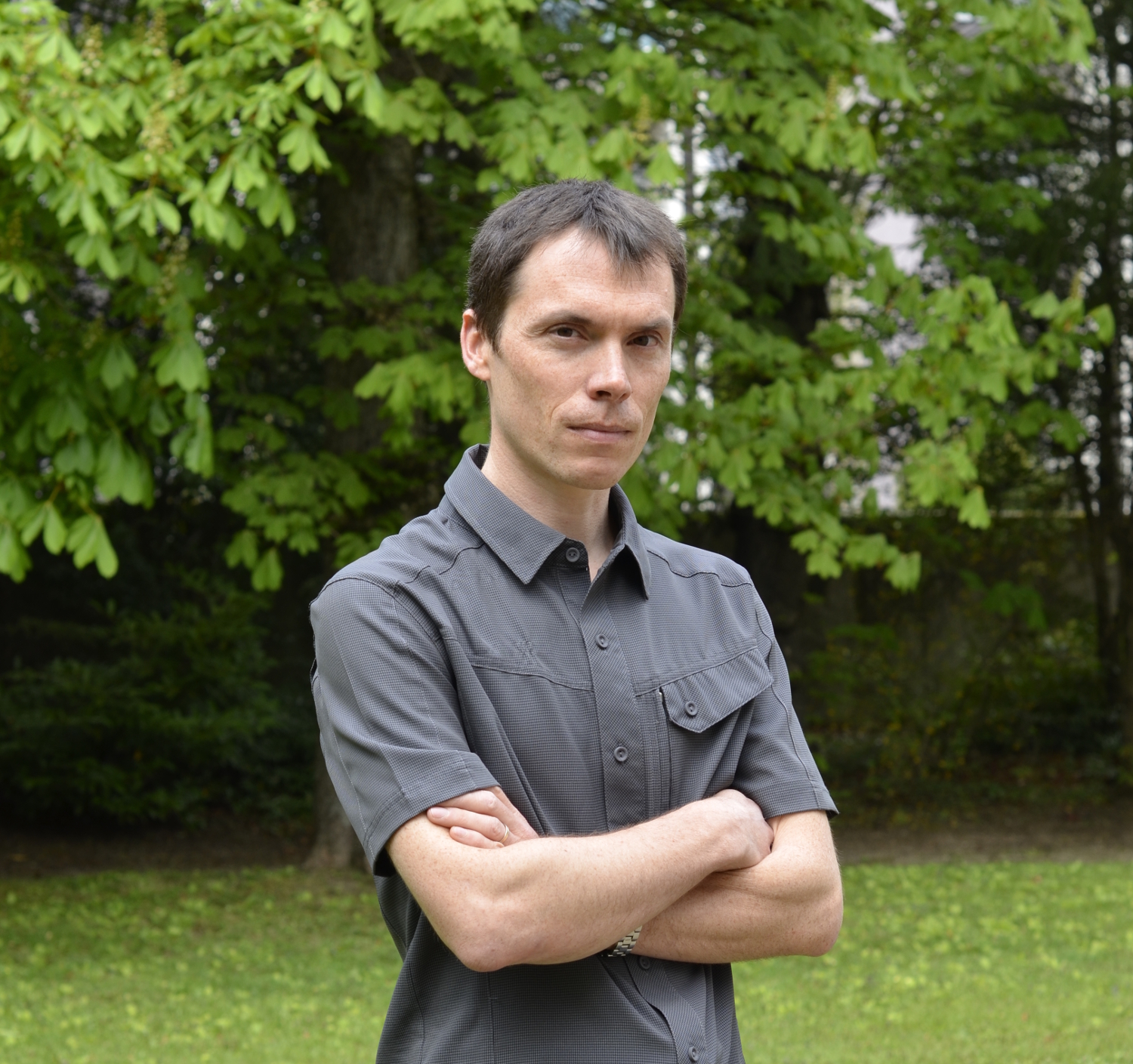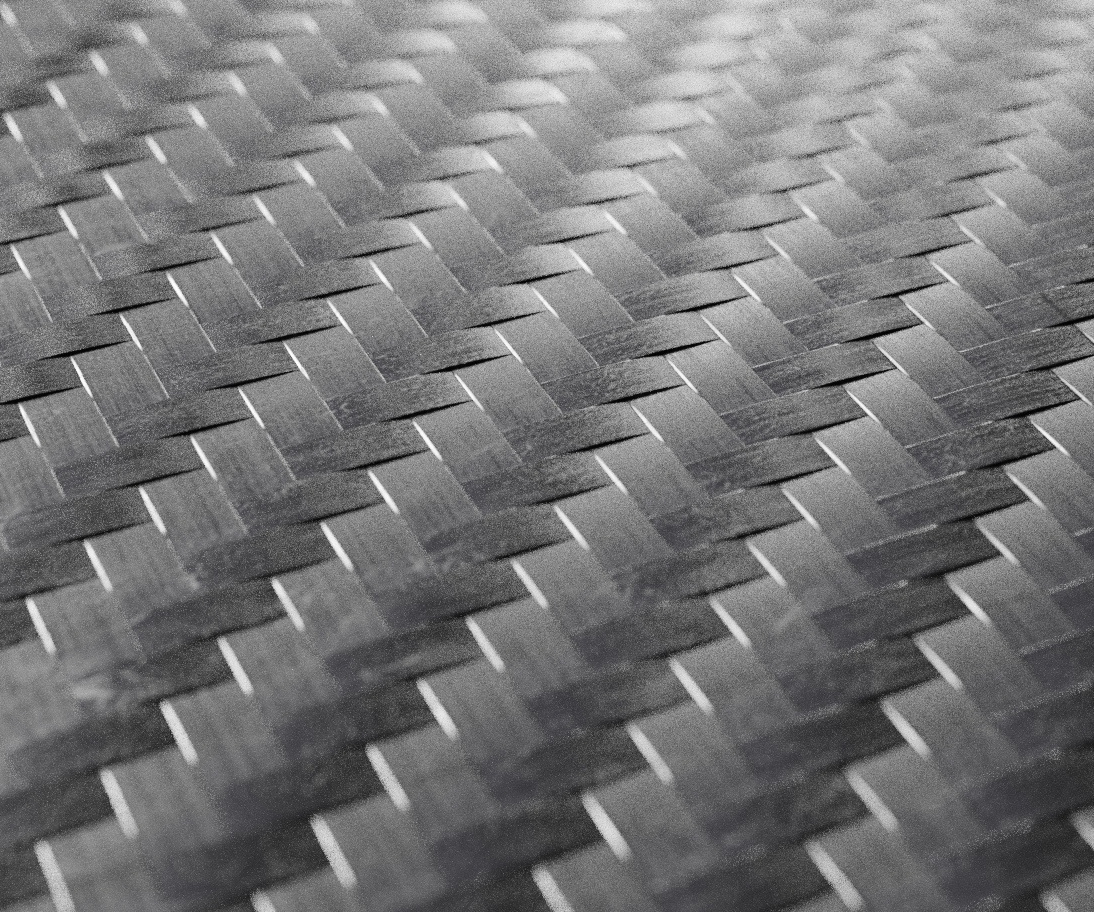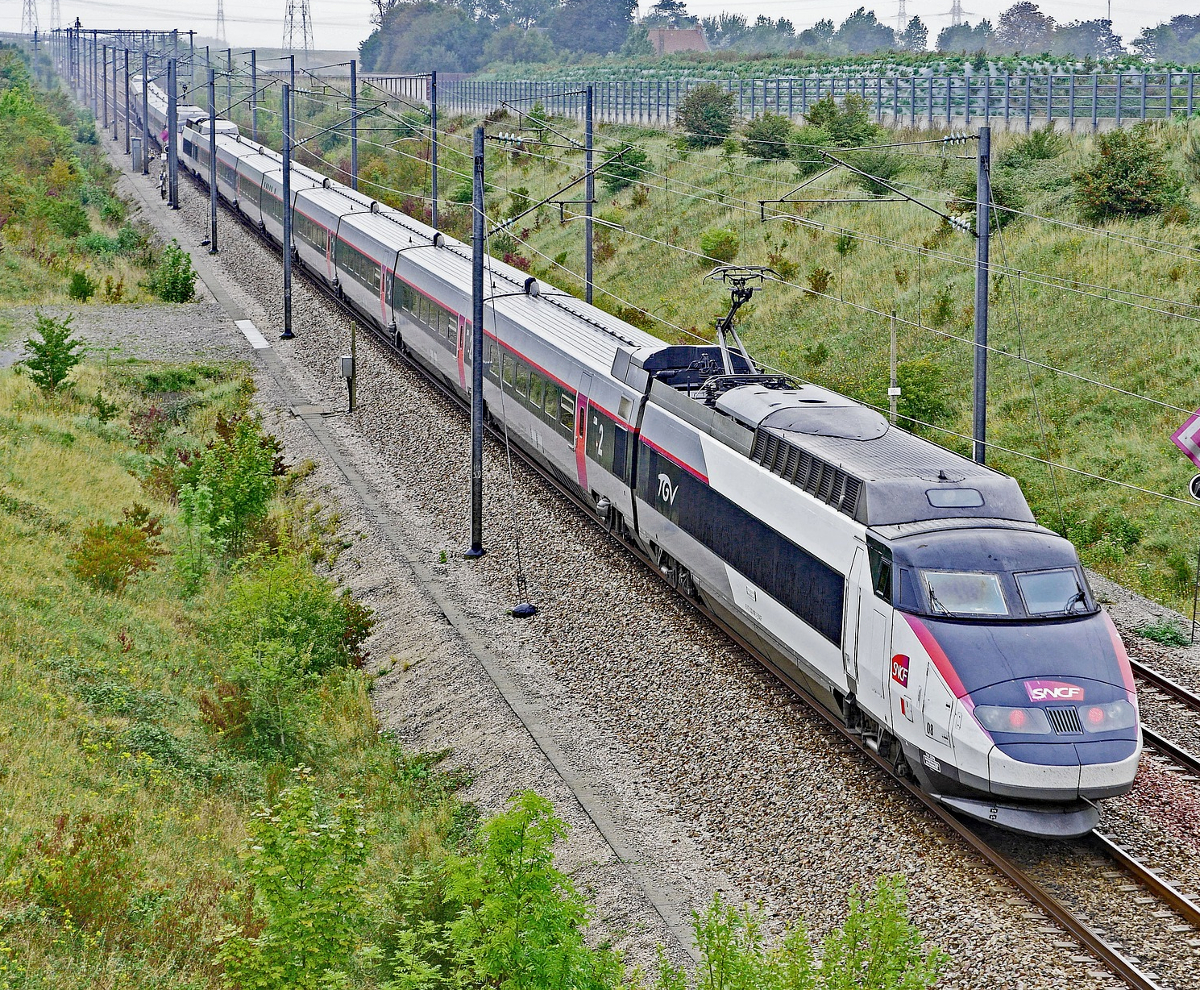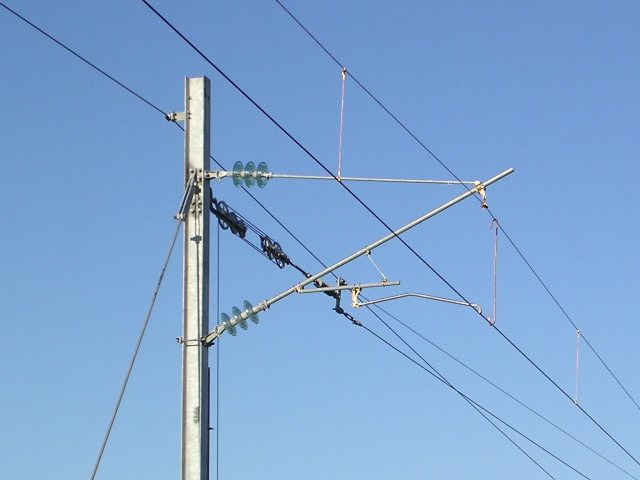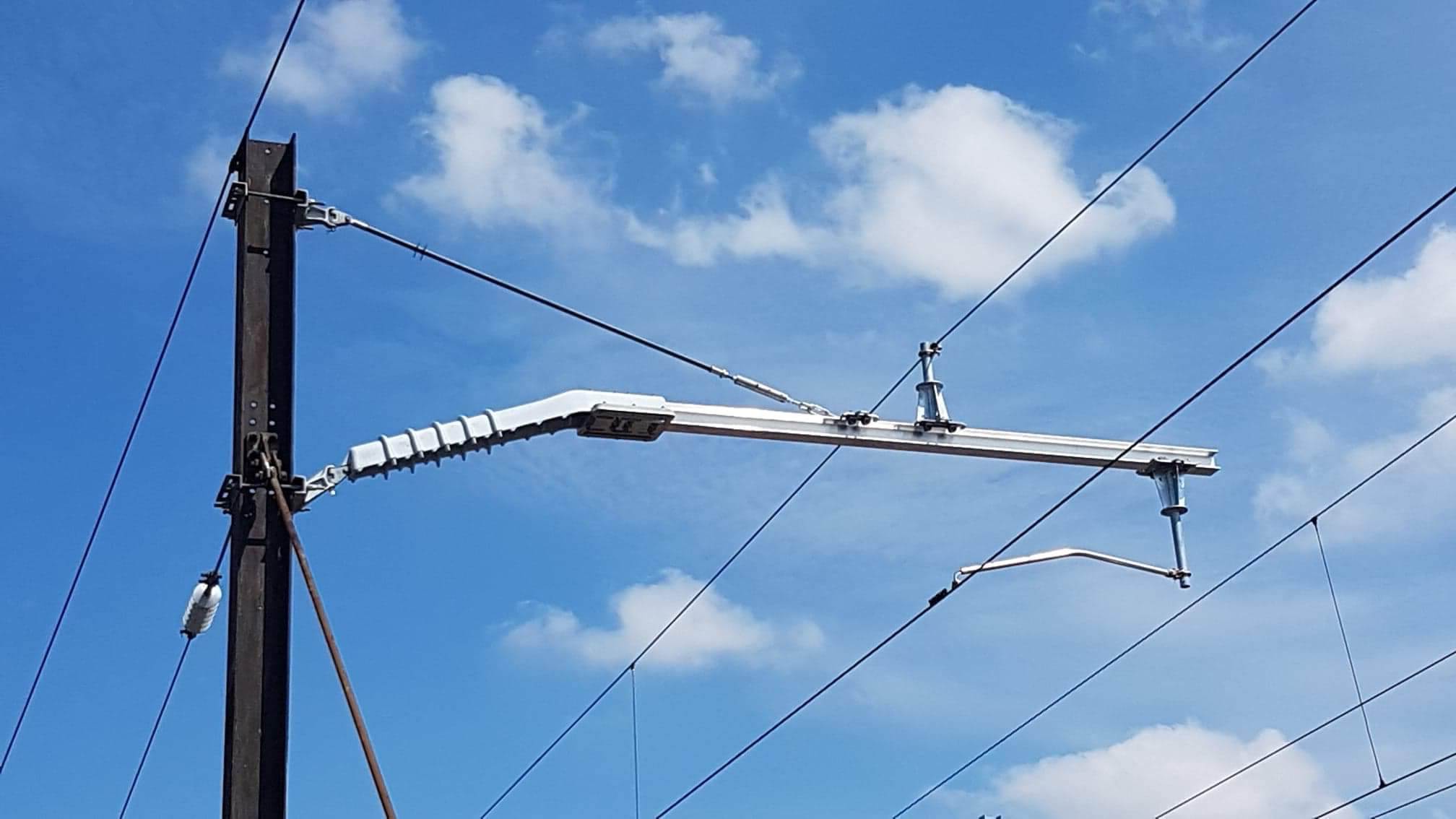iXblue: Extreme Fiber Optics
Since 2006, iXblue, a French company based in Lannion, and the Hubert Curien laboratory [1] in Saint-Étienne have partnered to develop cutting-edge fiber optics. This long partnership has established iXblue as a global reference in the use of fiber optics in harsh environments. The scientific and technological advances have enabled the company to offer solutions for the nuclear, space and health sectors. But there’s something different about these optical fibers: they’re not used for telecommunications.
Last June, iXblue and the Hubert Curien laboratory officially opened LabH6, a joint research laboratory dedicated to fiber optics. This latest development comes from a partnership that has existed since 2006 and the explosion of the internet bubble. In fact, iXblue was born from the ashes of a start-up specializing in fiber optics for telecommunications. After the disappointment experienced in the digital technology sector in the early 2000s, “we decided to make a complete U-turn, leaving telecommunications behind, while remaining in fiber optics,” explains Thierry Robin, present since the beginning and currently the company’s CTO.
A daring move, at a time when fiber optics in domestic networks was in its infancy. But it was a move that paid off. In 13 years, the young company became a pivotal stakeholder in fiber optics for harsh environments. The company owes its success to the innovations developed with the Hubert Curien laboratory. The company’s products are now used in high-temperature conditions, under nuclear irradiation and in the vacuum of space.
Measuring nuclear irradiation
One of the major achievements of this partnership has been the development of optical fibers that can measure the radiation dose in an environment. The light passing through an optical fiber is naturally diminished over the length of the fiber. This attenuation, called optical loss, increases when the fiber is under nuclear radiation. “We understand the law governing the relationship between optical loss and the radiation dose received by the fiber,” explains Sylvain Girard, a researcher at the Hubert Curien laboratory. “We can therefore have an optical fiber play the role of hundreds of dosimeters by measuring the radiation value.”
There are two advantages to this application of the fiber. First of all, the resulting data can be used to establish a continuous mapping of the radiation over the length of the fiber, whereas dosimeters provide a value from their specific location. Secondly, the optical fiber provides a real-time measurement, since the optical loss is measured live. Dosimeters, on the other hand, are usually left for days or months in their locations before the value of the accumulated radiation can be measured.
The fibers used in this type of application are unique. They must be highly sensitive to radiation in order to accurately measure the variations. Research conducted for this purpose resulted in fibers doped with phosphorus or aluminum. This type of optical fiber is currently installed in the CERN Large Hadron Collider (LHC) in Geneva during the 2-year shutdown that will continue until 2020. “This will enable CERN to assess the vulnerability of the electronic equipment to radiation and hence avoid unplanned shutdowns caused by outages,” Sylvain Girard explains.
These optical fibers are also being assessed at the TRIUMF particle accelerator center in Canada for proton therapy. This high-precision medical technique treats ocular melanomas using radiation. The radiation dose deposited on the melanoma must be very precise. “The fiber should make it possible to measure the radiation dose in real-time and stop it once the required value is reached,” the researcher explains. “Without the fiber, doctors can only determine the total dose the patient received at the end of the treatment. They must therefore accumulate three low-dose radiation sessions one after the other to come as close as possible to the total target dose.”
Surviving space
While the fibers used in dosimetry must be sensitive to radiation for measurement purposes, others must be highly resistant. This is the case for fibers used in space. Satellites are susceptible to space radiation. However, the gyroscopes satellites use to position themselves use optical fiber amplifiers. iXblue and the Hubert Curien laboratory therefore partnered together to develop hydrogen or cerium-doped optical fibers. Two patents have been filed for these fiber amplifiers, and their level of resistance has made them the reference in optical fibers for the space sector.
The same issue of resistance to radiation exists in the nuclear industry, where it is important to measure the temperature and mechanical stress in the core of nuclear reactors. “These environments are exposed to doses of a million Grays. For comparison purposes, a lethal dose for humans is 5 Grays,” Sylvain Girard explains. The optical fiber sensors must therefore be extremely resistant. Once again, the joint research conducted by iXblue and the Hubert Curien laboratory led to two patents for new fibers that meet the needs of manufacturers like Orano (formerly AREVA). These fibers will also be deployed in the fusion reactor project, ITER.
All this research will continue at the new LabH6, which will facilitate the industrial application of the research conducted by iXblue and the Hubert Curien laboratory. The stakes are high, as the uses for optical fibers beyond telecommunications continue to increase. While space and nuclear environments may seem to be niche sectors, the optical fibers developed for these applications could also be used in other contexts. “We are currently working on fibers that are resistant to high temperatures for use in autonomous cars,” says Thierry Robin. “These products are indirectly derived from developments made for radiation-resistant fibers,” he adds. After leaving the telecommunications sector and large volume production 13 years, iXblue could soon return to its origins.
[box type=”shadow” align=”” class=”” width=””]A word from the company: Why partner with an academic institute like the Hubert Curien laboratory?
We knew very early on that we wanted an open approach and exchanges with scientists. Our partnership with the Hubert Curien laboratory allowed us to progress within a virtuous relationship. In an area where competitors maintain a culture of secrecy, we inform the researchers we work with of the exact composition of the fibers. We even produce special fibers for them that are only used for the scientific purposes of testing specific compositions. We want to enable our academic partners to conduct their research by giving them all the elements they need to make advances in the field. This spirit is what has allowed us to create unique products for the space and nuclear sectors.[/box]
[1] The Hubert Curien Laboratory is a joint research unit of CNRS/Université Jean Monnet/Institut d’Optique Graduate School, where Télécom Saint-Étienne conducts much of its research.

